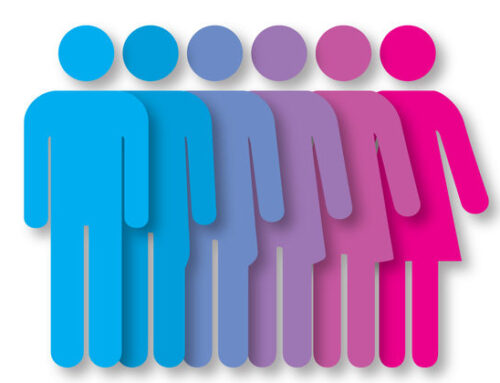Today’s workplace, especially in light of the COVID-19 pandemic, is an increasingly digitally-dependent one. With a younger, more tech-savvy generation entering the workforce, companies are being pushed into digitizing the employee experience: starting first and foremost with how they recruit talent. The days of using cold calls, classifieds, and sifting through piles of resumes to acquire talent are long past — today, technology is changing the talent acquisition landscape. So what does technology-driven talent acquisition look like?
Using Technology to Optimize Hiring Processes
Technology can provide a big boost to talent acquisition efficiency. From background checks to reference vetting and actual interviews, the process of hiring is time-consuming and laborious. Here’s where big data and analytics can help. According to Villanova University, “Applying analytics methods and tools to human resources (HR) has revealed substantial advantages for workforce planning, talent management, and operational improvements.” HR departments using workforce analytics systems are better equipped to make informed decisions when it comes to recruitment. The information they get both internally and externally helps them decide whether they have the right employees, whether they need more staff, or what kind of candidates they need to recruit.
Moreover, big data can then help recruiters pick candidates more accurately. An article on Forbes explores how data and analytics tools help employers take the “guesswork out of recruitment”, to find the best person suited for the job. Even platforms like LinkedIn offer these built-in data tools, to help recruiters filter through several applications and identify certain skills, experience, or markers that they’re looking for — without actually doing the looking.
This comes as a huge boon, seeing as how 52% of talent acquisition leaders find that the most difficult part of the recruitment process is identifying the right candidate from a large pool of applicants.
Artificial Intelligence (AI), has also revolutionized the process of interviewing candidates and processing results. It’s not uncommon to hear disgruntled candidates complain about waiting too long to hear back from recruiters or being inconveniently asked to reschedule interview dates. With the advent of AI-powered video-interview tools, however, recruiters can now ask applicants to schedule and submit their customized interviews anytime, anywhere. These videos can later be analyzed by AI for engagement, facial expressions, body language, and more and can be seamlessly shared with hiring managers. In turn, these managers can also use AI tools to track interview completion rates, as well as using these tools to follow-up and move forward with the hiring process.
Technology-Driven Strategies to Attract Talent
Technology has enabled the implementation of new and efficient talent acquisition strategies, in a variety of ways — one such example is social media. While online job portals have long been associated with recruiters seeking out potential hires, social media takes this one step further by allowing direct engagement between recruiters and candidates. Today, a colossal 75% of candidates are not actively hunting for jobs. Instead, recruiters are reaching out to them over social media and converting them. This tactic has yielded much success, with 89% of companies reporting plans to use social media to recruit talent over the next few years. In this manner, HR executives can leverage technology and use different social platforms to reach potential candidates, especially considering the influx of next-generation candidates ready to enter the workforce.
Another somewhat indirect capability of social media is its ability to build a brand image, in turn, ensuring that you attract the right kind of talent that aligns with your brand. A survey by LinkedIn reports that 68% of talent acquisition leaders agree that social networks are one of the most important tools to create awareness for employers’ brands. In fact, the same survey goes on to reveal that 75% of job seekers consider the employer’s brand before applying. For HR departments, this means learning how to use social media as a window into their company culture, ethics, people, and portfolio, so that the right kind of candidates can start pouring in.
Company websites and apps also play a role here. As the younger generation looks for jobs, it’s likely that quality candidates could be turned off by the user experience of your website or app. Consider this article, that details issues related to bad UX that could negatively affect job seekers. From lengthy and/or glitchy application forms, outdated website themes, and confusing content to bad button places and cryptic error messages, poor UX can seriously hamper your chances of attracting the right talent. You want your UX to reflect your brand image so that candidates are encouraged by the prospect of working at your company. Thus, it’s important for recruiters to make sure online channels like websites and apps offer candidates a good user experience — the key being to build a platform that’s user-oriented. This means it should:
-Be easy to navigate
-Have clean and professional UI
-Have engaging and relevant content
-Not be stagnant or slow
As technology changes the face of talent acquisition and recruitment, it’s common to wonder if it will replace the need for recruiters at all. This is unlikely — rather, the increased integration of technology into talent acquisition simply means a future where HR teams no longer have to perform repetitive, time-consuming tasks. Instead, HR departments can excel at and focus on bigger tasks like employee engagement, building a cohesive work culture, strategy, and employer branding.
This guest post was written by Luke Smith and may not be copied or published without permission.





